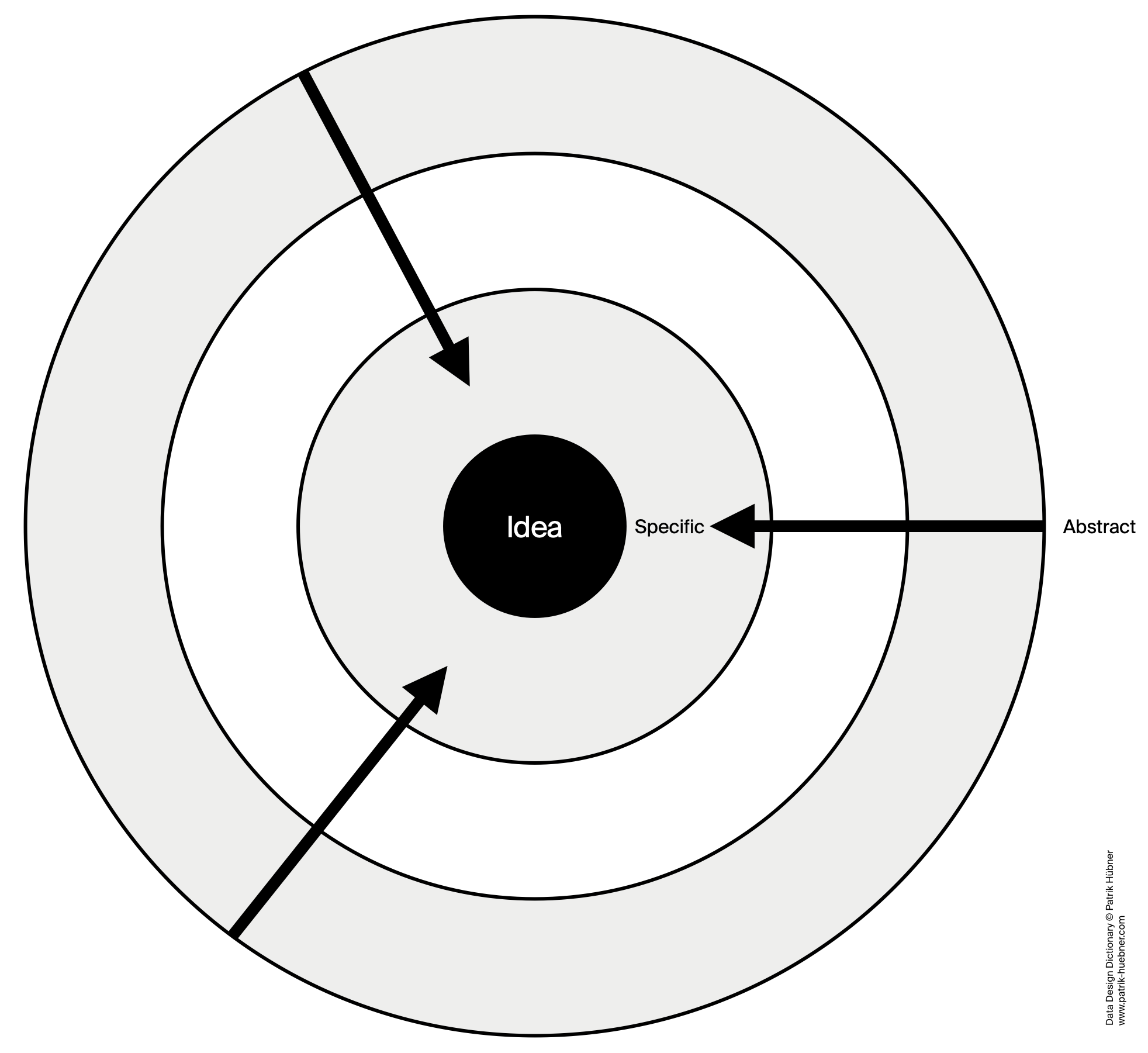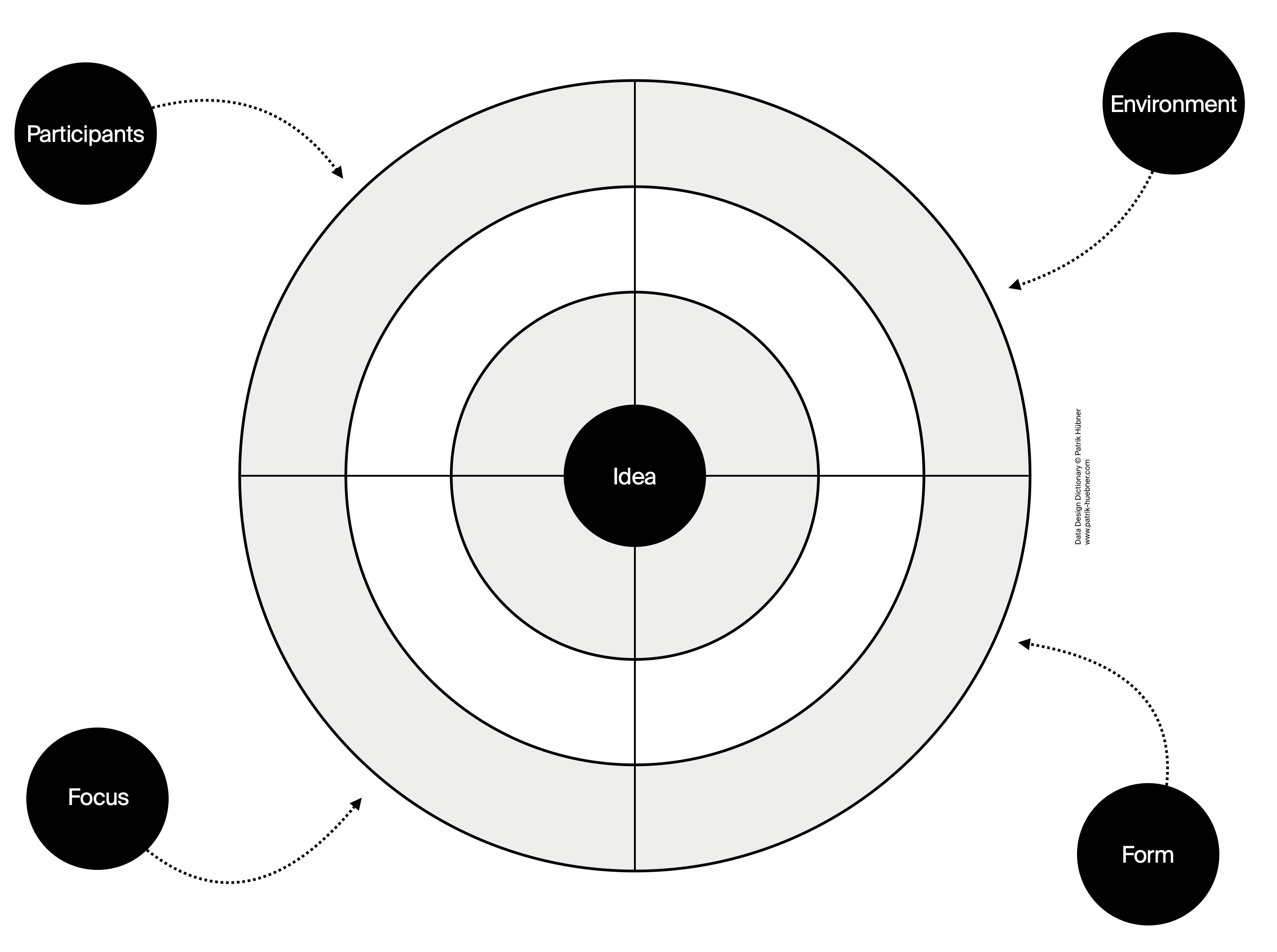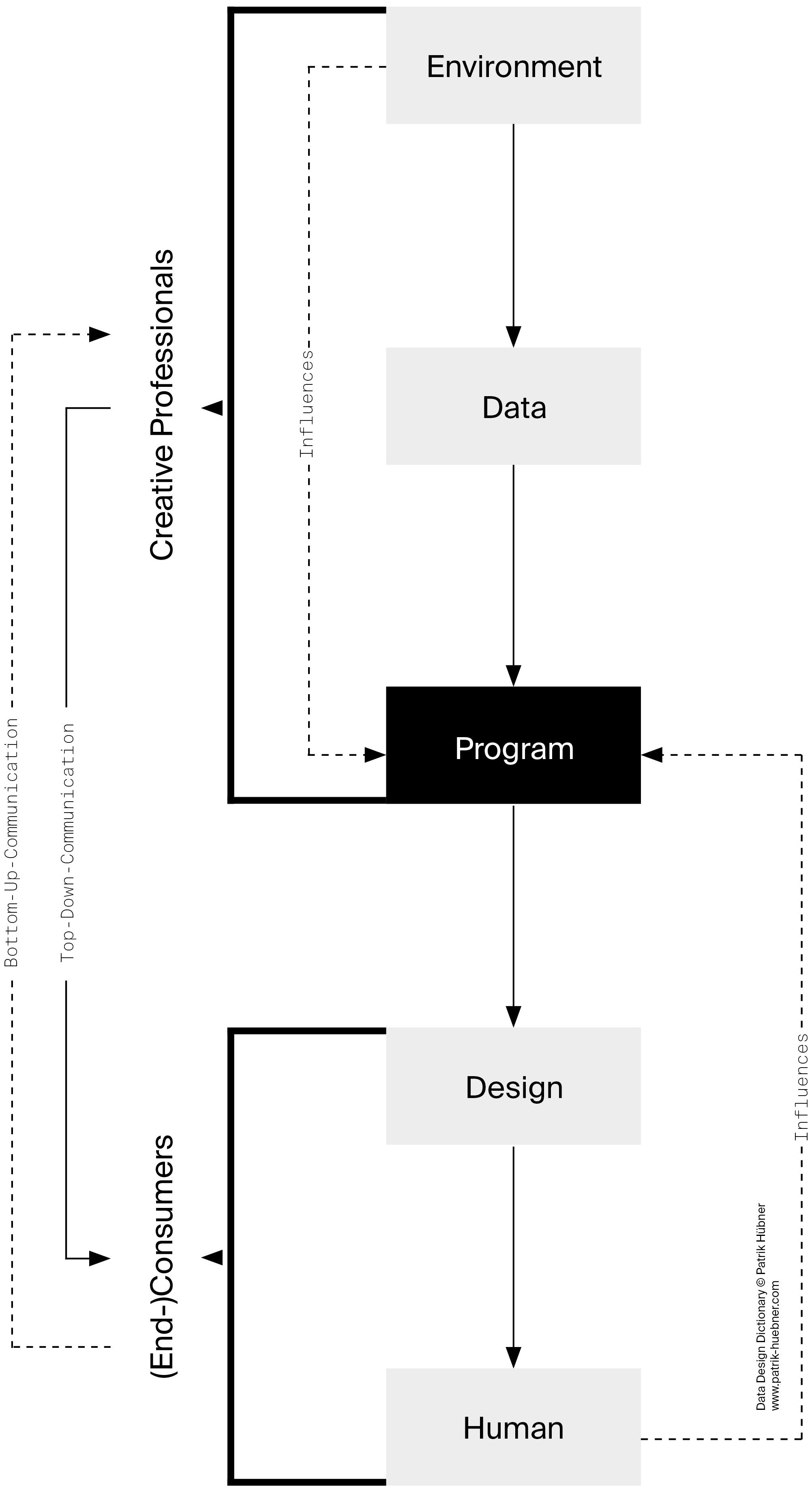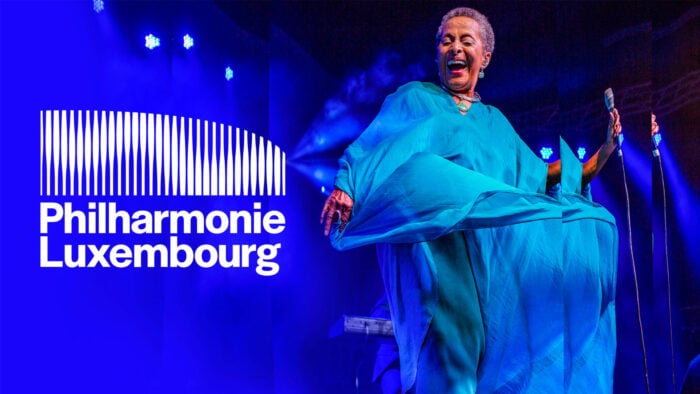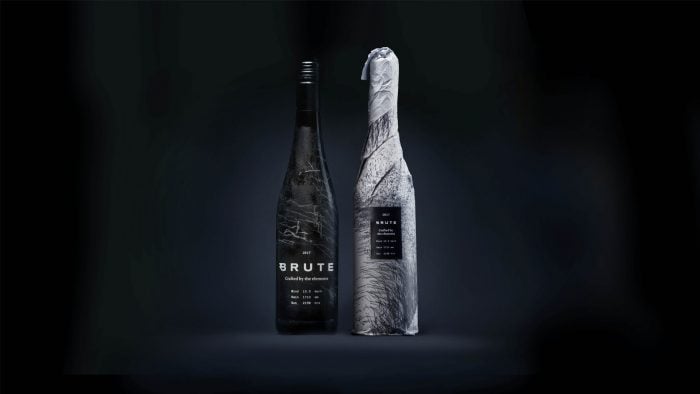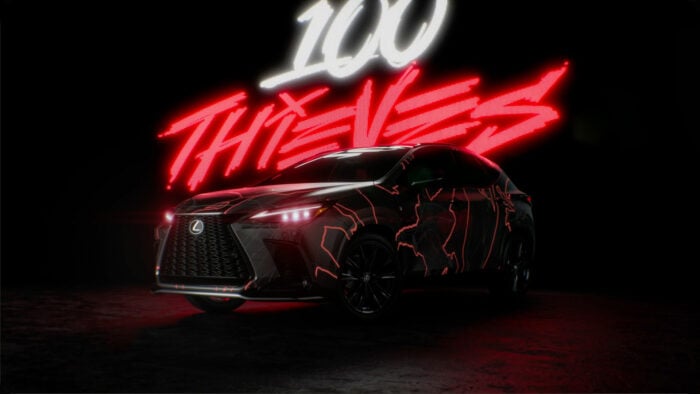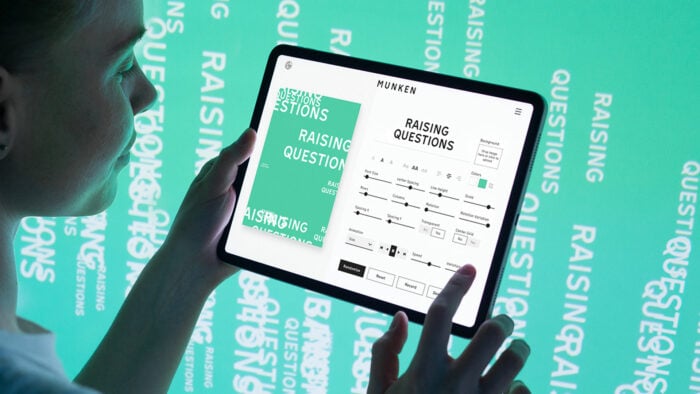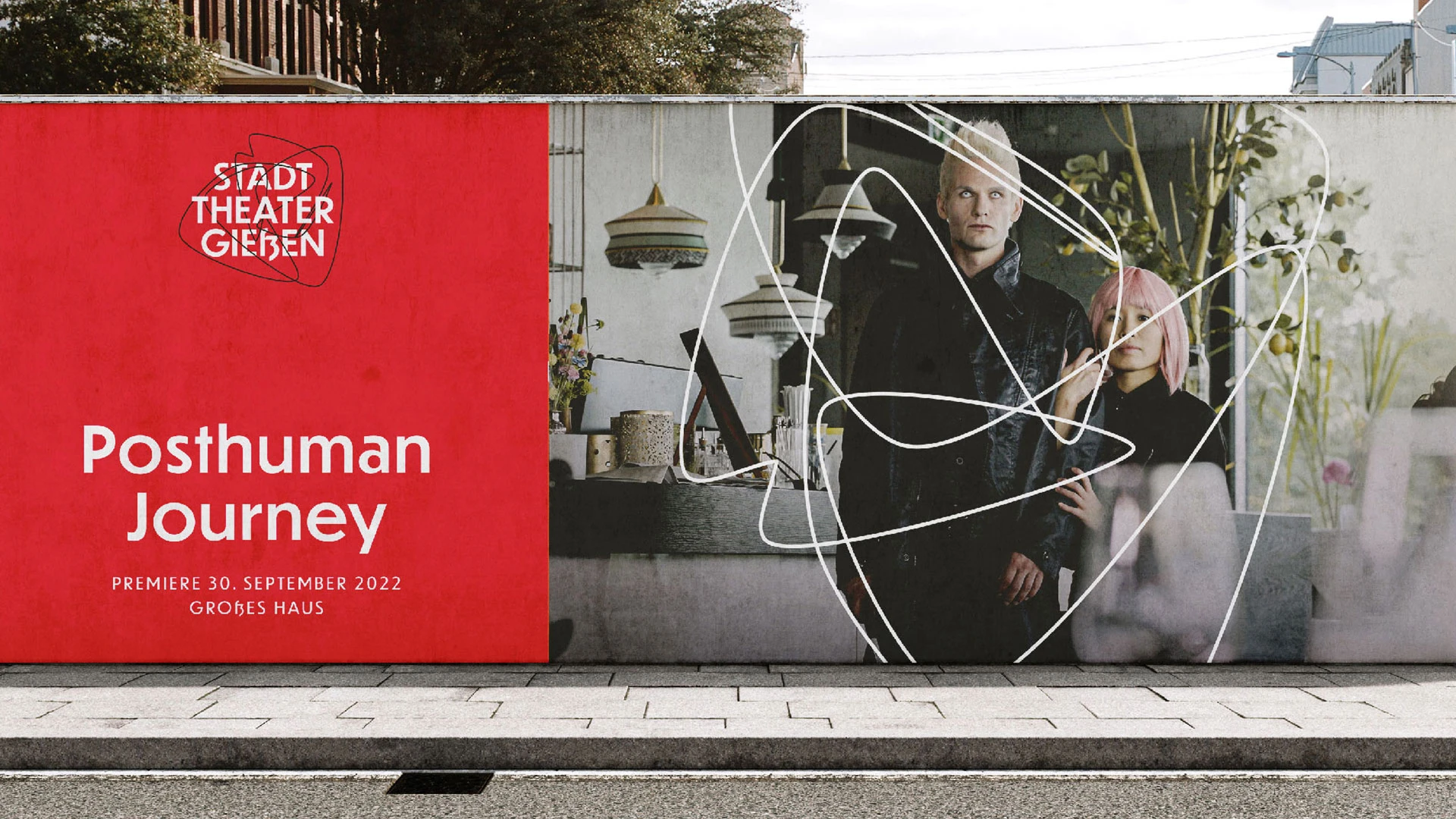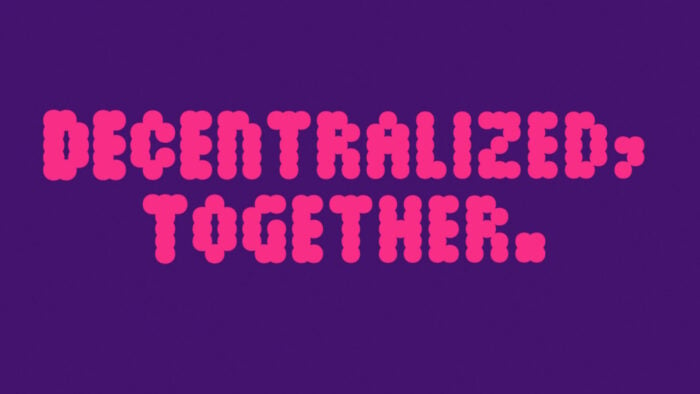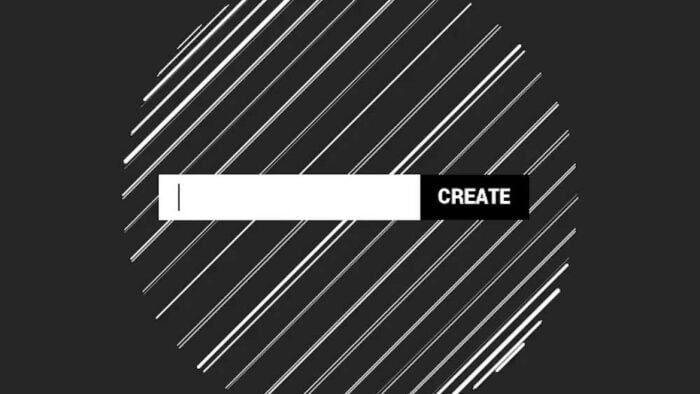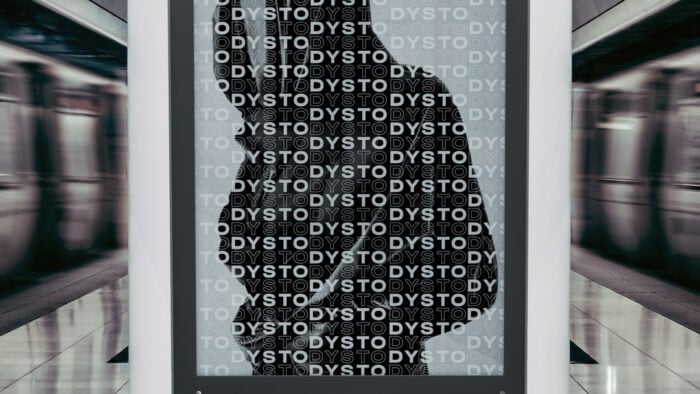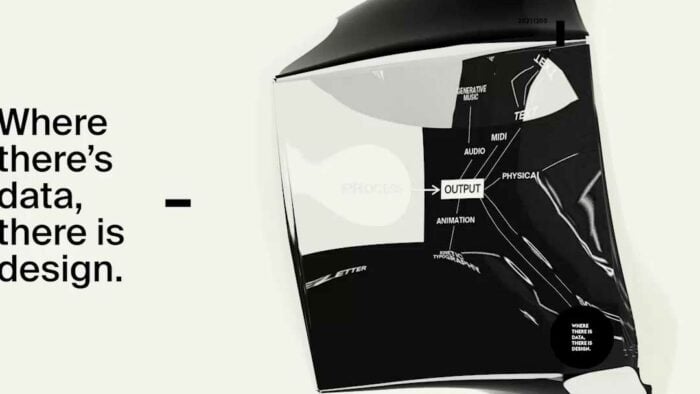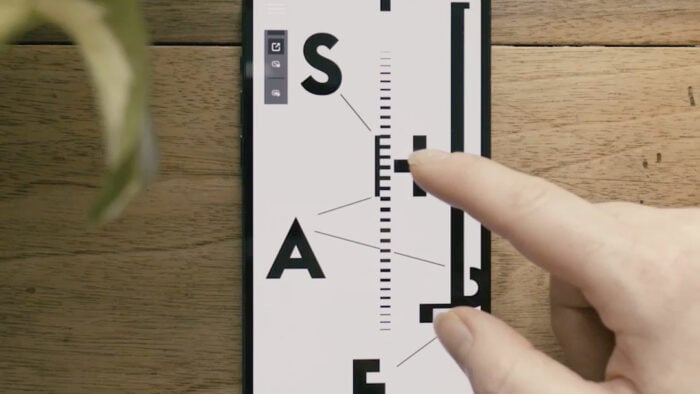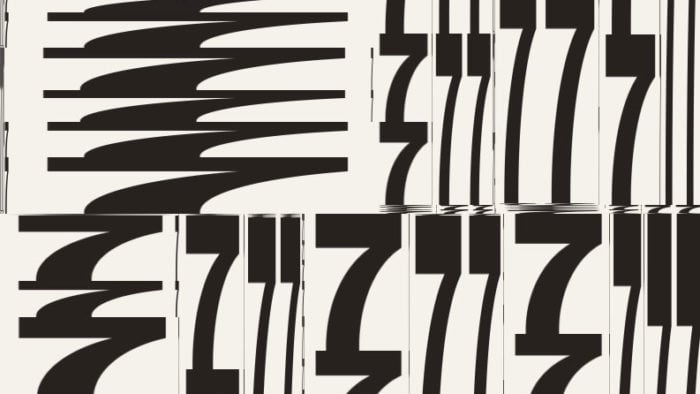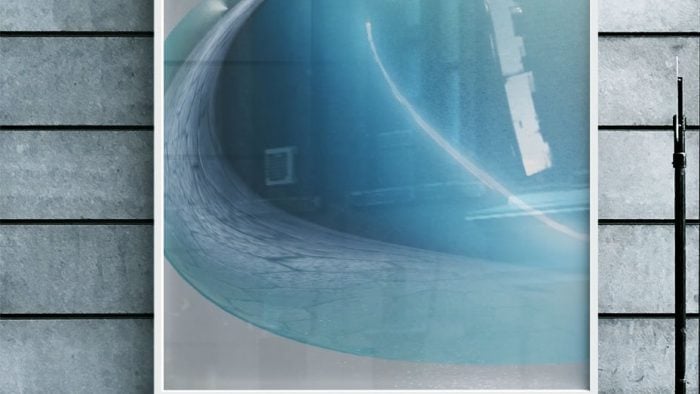Map of relevant entites and relationships
{
“nodes”: [
{“id”: 1, “label”: “Seeing the bigger picture”, “title”: “Understanding the broader context and holistic view of a situation or problem.”},
{“id”: 2, “label”: “Designing with Data”, “title”: “Utilizing data-driven insights to inform and guide design decisions.”},
{“id”: 3, “label”: “Computational Thinking”, “title”: “An approach to solving problems using concepts and techniques from computer science.”},
{“id”: 4, “label”: “Input – Program – Output”, “title”: “The fundamental process of feeding data, processing it, and getting a result.”},
{“id”: 5, “label”: “Rules”, “title”: “Set guidelines or criteria to follow or abide by.”},
{“id”: 6, “label”: “Automation and Autonomy”, “title”: “Separation of the design process from the human being.”},
{“id”: 7, “label”: “The core generative method”, “title”: “The foundational methods or processes in generative designs.”},
{“id”: 8, “label”: “Co-Creation”, “title”: “A collaborative approach to creating, involving multiple stakeholders or contributors.”},
{“id”: 9, “label”: “Storytelling”, “title”: “Future narratives and future aesthetics. Conveying narratives or ideas through structured content.”},
{“id”: 10, “label”: “Technological Change”, “title”: “Evolutions and revolutions in technology that drive societal and industry shifts.”},
{“id”: 11, “label”: “Lifelong learning”, “title”: “The future of the design profession”}
],
“edges”: [
{“from”: 1, “to”: 2, “arrows”: “to”},
{“from”: 2, “to”: 3, “arrows”: “to”},
{“from”: 3, “to”: 4, “arrows”: “to”},
{“from”: 4, “to”: 5, “arrows”: “to”},
{“from”: 3, “to”: 6, “arrows”: “to”},
{“from”: 6, “to”: 7, “arrows”: “to”},
{“from”: 7, “to”: 8, “arrows”: “to”},
{“from”: 8, “to”: 9, “arrows”: “to”},
{“from”: 9, “to”: 10, “arrows”: “to”},
{“from”: 10, “to”: 11, “arrows”: “to”},
{“from”: 2, “to”: 9, “arrows”: “to”},
{“from”: 6, “to”: 11, “arrows”: “to”}
]
}
This map is interactive.
Hover over elements to learn more. Click-and-drag elements to move them around.
